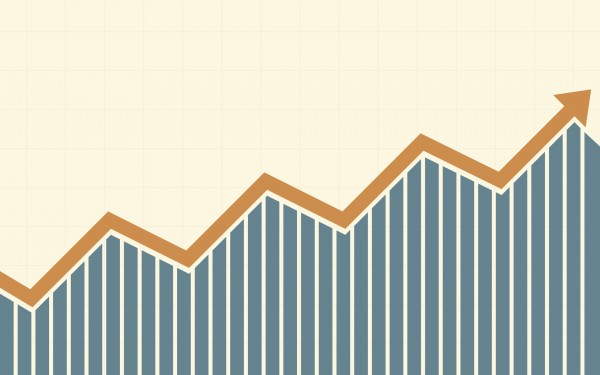Unvaccinated COVID-19 Hospitalizations Drive Up Healthcare Spend
The costs of unvaccinated COVID-19 hospitalizations are high due to the higher number of unvaccinated individuals who contract COVID-19.

Source: Getty Images
- Unvaccinated COVID-19 hospitalizations cost payers and the healthcare system at large billions in healthcare spending, according to a Peterson-Kaiser Family Foundation (KFF) Health System Tracker study.
The researchers analyzed publicly available data from the Centers for Disease Control and Prevention (CDC) to determine the number of coronavirus-related hospitalizations of unvaccinated persons.
Using previously released data from CMS, the Peterson-KFF Health System Tracker, and other research organizations, the study worked off of the estimate that a coronavirus hospitalization costs a total of approximately $20,000.
In the months of June and July 2021 combined, the study found that coronavirus hospitalization costs for the unvaccinated totaled around $2.3 billion. The researchers argued that these costs were preventable due to the broad availability of the vaccine.
According to protected data from CDC, CMS, and the Department of Health and Human Services (HHS), 98.3 percent of individuals were unvaccinated who had been hospitalized with a coronavirus diagnosis between May and July 2021.
Indeed, according to a KFF analysis of HHS data for states that collected breakthrough coronavirus data, the share of coronavirus-related hospitalizations of unvaccinated persons by state ranged from 95.02 percent in Alaska to 99.93 percent in New Jersey.
The total number of individuals hospitalized for coronavirus-related reasons from June through July 2021 was 185,000. Assuming that the estimated share of hospitalized, unvaccinated individuals with coronavirus diagnoses held steady, approximately 182,000 of those cases were unvaccinated.
However, coronavirus might not be the primary reason for the hospitalization. Based on the hospitalization data for vaccinated persons, the researchers assumed that 74 percent of the hospitalizations were primarily for coronavirus.
This would mean that, of the 182,000 estimated unvaccinated coronavirus hospitalizations, 134,000 individuals were hospitalized primarily due to their coronavirus symptoms.
Since the vaccine is considered 84 percent efficacious, the researchers reduced the patient population of unvaccinated, coronavirus patients to 113,000 individuals between June 2021 and July 2021.
By multiplying this population by $20,000 per hospitalization, the researchers concluded that potentially preventable coronavirus cases may have contributed $2.3 billion toward healthcare spending across June and July 2021.
This approach has some limitations. Namely, hospital prices vary based on geography. For example, a previous Peterson-KFF Health System Tracker study found that the cost of a lower back MRI in the Houston, Texas region was approximately triple the cost of the same procedure in the Las Vegas, Nevada area.
Still, the researchers argued that their estimate was conservative given the recent surge in coronavirus cases, the additional costs of outpatient treatment, and the higher transmission rate among unvaccinated persons.
The Delta variant may have had an impact on transmission rate differences between the vaccinated and unvaccinated, but the vaccine continues to protect against hospitalization among Delta cases.
“Though there was of course a societal cost to develop and distribute vaccinations, the vaccines save the U.S. health system money in the longer run by preventing costly hospitalizations,” the researchers concluded.
“In addition to preventable direct monetary costs for treatment of unvaccinated people, re-opening of schools and economic recovery also suffers as increasing COVID-19 cases continue to put Americans at risk of avoidable severe illness and even death.”
In June 2020, payers were bracing for higher spending in the new year and were adjusting their rates accordingly. Some estimated that coronavirus-related healthcare spending alone could fall anywhere from $163.4 billion to $654 billion in 2021.
However, in 2021 as payers think about 2022 rate setting, the individual marketplace rate filings show some level of confidence that the coronavirus pandemic will not have a meaningful financial impact on payers in 2022.
Only a little over a quarter of all payers said that the coronavirus pandemic would increase their costs in the new year, although that was before the FDA and CDC recommended that individuals receive a booster shot.
Payers have started to renew cost-sharing for coronavirus hospitalizations as they begin to label coronavirus a preventable condition.
